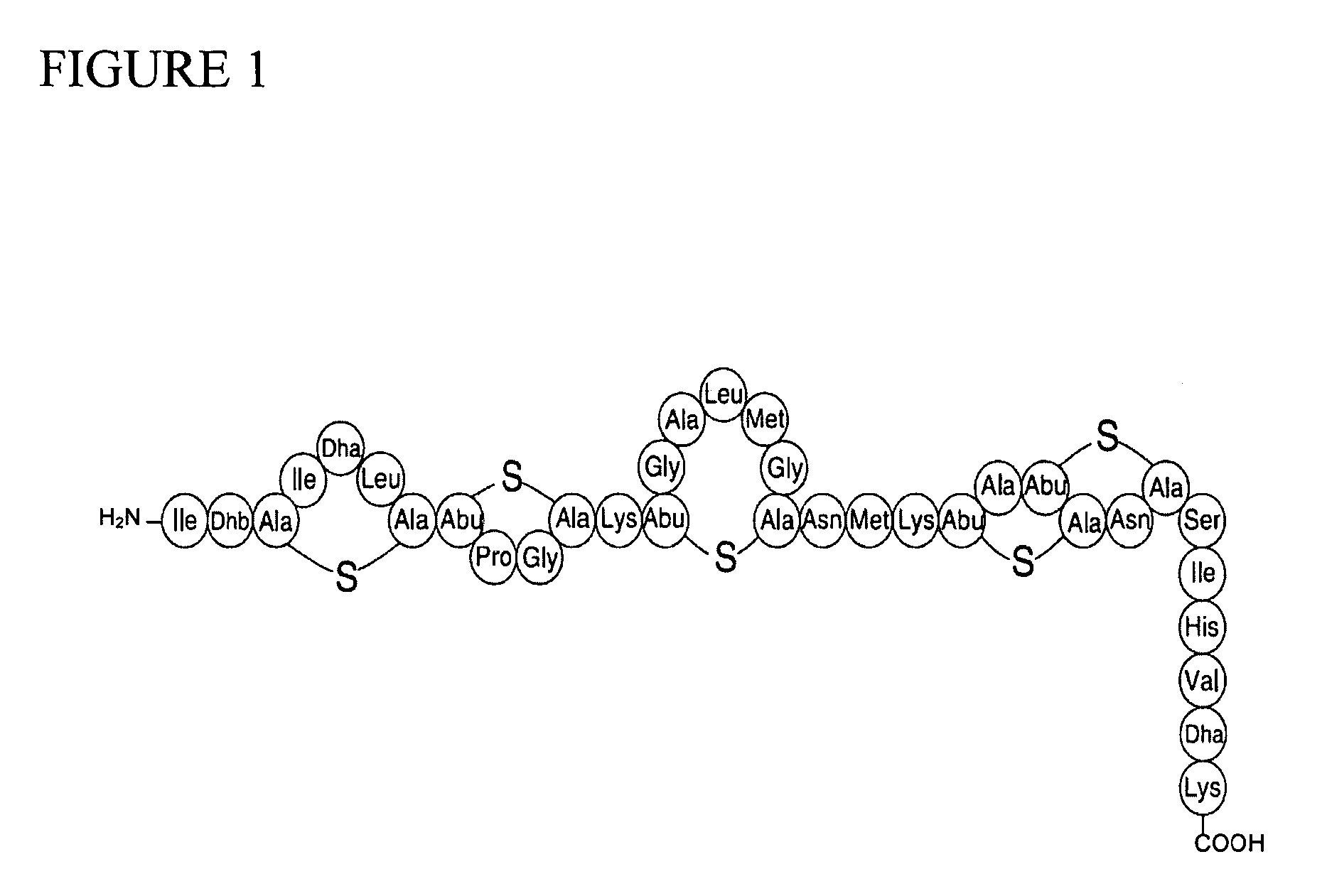Method to reduce contamination when culturing mycobacteria
a technology of mycobacteria and culture method, which is applied in the field of culturing mycobacteria, can solve the problems of inhibiting or completely preventing growth of mycobacteria, preventing or significantly hindering detection of mycobacteria, killing potential contaminates or injuring, etc., and reducing bacterial contamination in the culture. , the effect of significantly disadvantageous affecting or retarding the growth of mycobacteria
- Summary
- Abstract
- Description
- Claims
- Application Information
AI Technical Summary
Benefits of technology
Problems solved by technology
Method used
Image
Examples
example
[0053] The materials and methods used in the example are now described.
Solutions
[0054] Middlebrook 7H9 broth was prepared by suspending 4.7 grams Middlebrook 7H9 dehydrated base (BD Diagnostics, Sparks, Md.) in 900 ml of double distilled water. The solution was autoclaved for 20 minutes at 121° C., and stored in a refrigerator when not in use. A 50% egg yolk suspension was stored in a refrigerator. Nisin was prepared in 1-2 M hydrochloride acid (HCl) at a concentration of 100 mg / ml. ANV cocktail (5 mg / ml) was prepared from the individual antibiotics and stored frozen.
Organism Preparation
[0055] Dilutions of MAP ATCC# 700535 were prepared as follows. A working stock vial, at 10−2, stored at −70° C. freezer, was thawed in a 37° C. incubator. Using individually-wrapped, sterile glass pipettes, a serial dilution series was made in sterile 15 ml conical tubes. One (1) ml of MAP at 10−2 was diluted into 9 ml of 7H9 medium and mixed well to yield a 10−3 solution. One ml of this soluti...
PUM
| Property | Measurement | Unit |
|---|---|---|
| volume | aaaaa | aaaaa |
| volume | aaaaa | aaaaa |
| temperatures | aaaaa | aaaaa |
Abstract
Description
Claims
Application Information
 Login to View More
Login to View More - R&D
- Intellectual Property
- Life Sciences
- Materials
- Tech Scout
- Unparalleled Data Quality
- Higher Quality Content
- 60% Fewer Hallucinations
Browse by: Latest US Patents, China's latest patents, Technical Efficacy Thesaurus, Application Domain, Technology Topic, Popular Technical Reports.
© 2025 PatSnap. All rights reserved.Legal|Privacy policy|Modern Slavery Act Transparency Statement|Sitemap|About US| Contact US: help@patsnap.com

